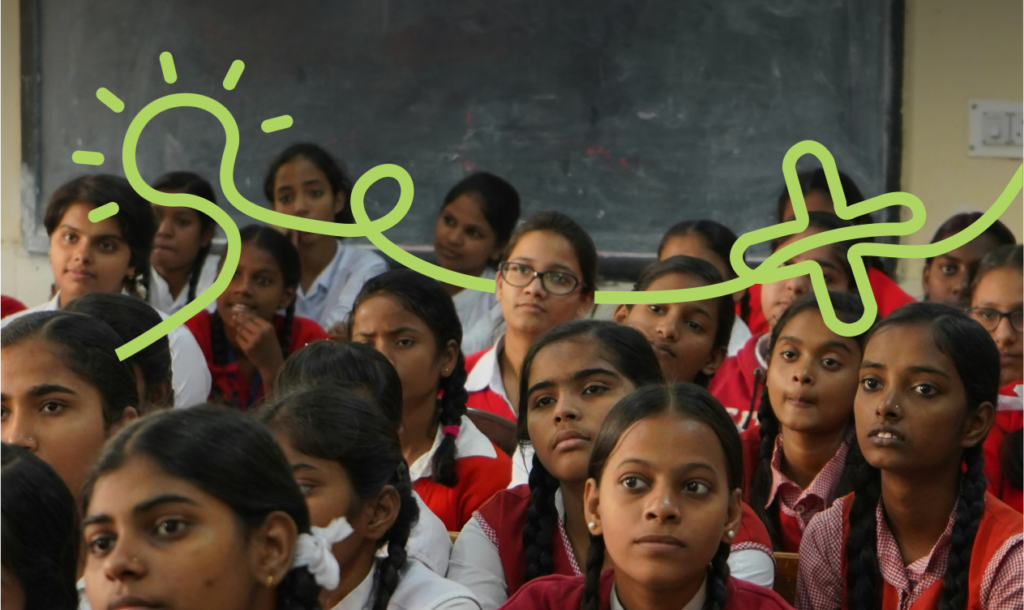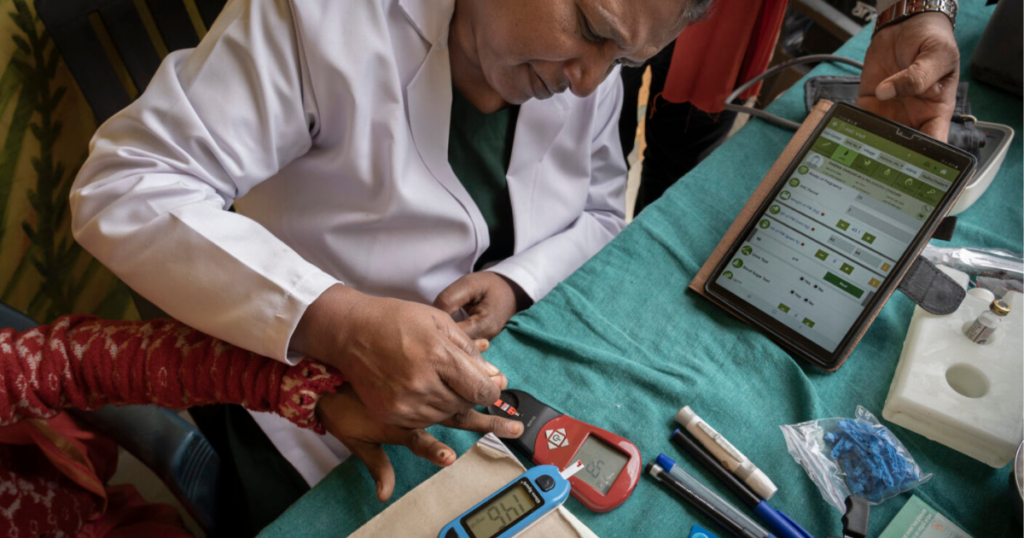In recent years, there has been a noticeable improvement in the overall nutritional outcomes for children under the age of five (U-5) in India, as evidenced by nationally representative data aggregates. Several state-led policies, programmes, regulations, and legislations have attempted to address the problems of child and maternal mortality across the stages of their biological development.
Although India is currently way behind the SDG target of ending maternal mortality and child mortality, accelerated antenatal care programmes and rigorous expansion of immunisation coverage have been paramount in decreasing the mortality rates.
However, it is important to note that beyond the measurement of the absolute values of mortality, indicators of malnutrition have a significant impact on determining the overall wellbeing of children, and their physical, cognitive, and psychosocial abilities in adulthood. These indicators have been extremely essential in tracking the status of levels of malnutrition, and the National Family Health Surveys (NFHS) have been crucial in this endeavour. While India has seen improvements in most indicators, certain states have witnessed an increase in the prevalence of stunting, wasting, and low weight. Furthermore, the proportion of children suffering from anaemia country-wide has increased. This highlights the need for continued efforts from domestic and corporate funders to strengthen the nutrition delivery system across the care continuum up to the last mile.
This perspective identifies systemic challenges to nutritional outcomes as those associated with the state as the provider of welfare and social security, and the community as the site where accessibility, quality, and sustainability of nutritional healthcare are determined. State-situated challenges are sociocultural, economic and political; financial, human, physical, and social capital; quantity and quality of resources, such as land, education, employment, income and technology. Community-oriented challenges include accessibility to a healthy household environment, health services, and nutritious food; quality of nutrition determined by household food security, adequate dietary intake, awareness of and access to low-cost nutritious food; and sustainability of adequate care and feeding practices in the long run.
Targeted goals for improving nutritional outcomes among children under the age of five must centralise reduction in the incidence of low birth weight; improvement in child health through routine immunisation and clinical interventions for infectious diseases; improvement in infant and young child feeding practices (IYCF); and treatment of malnutrition.
To this effect, the perspective identifies five definitive and basic minimum pathways for domestic foundations and CSR funders aspiring to work on child nutrition in India to achieve these goals.
Contributors: Granthika Chatterjee, Ritika Ramasuri, Adarsh Vasudeva, and Lakshmi Sethuraman.
We would like to thank Dr. Shweta Khandelwal (Head of Nutrition Research at PHFI) for providing valuable inputs that helped shape this perspective.




